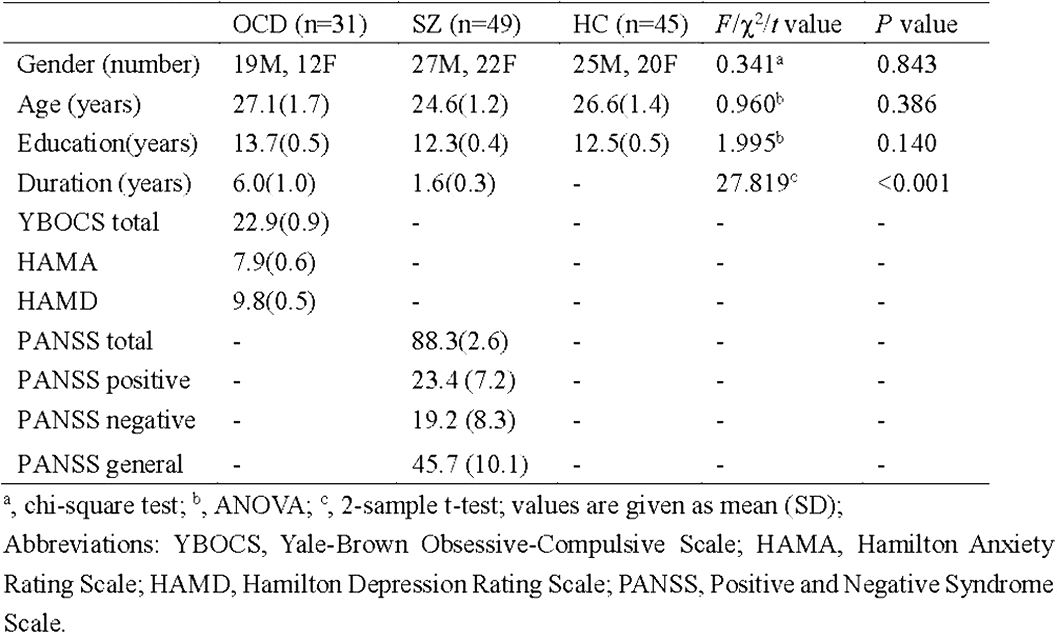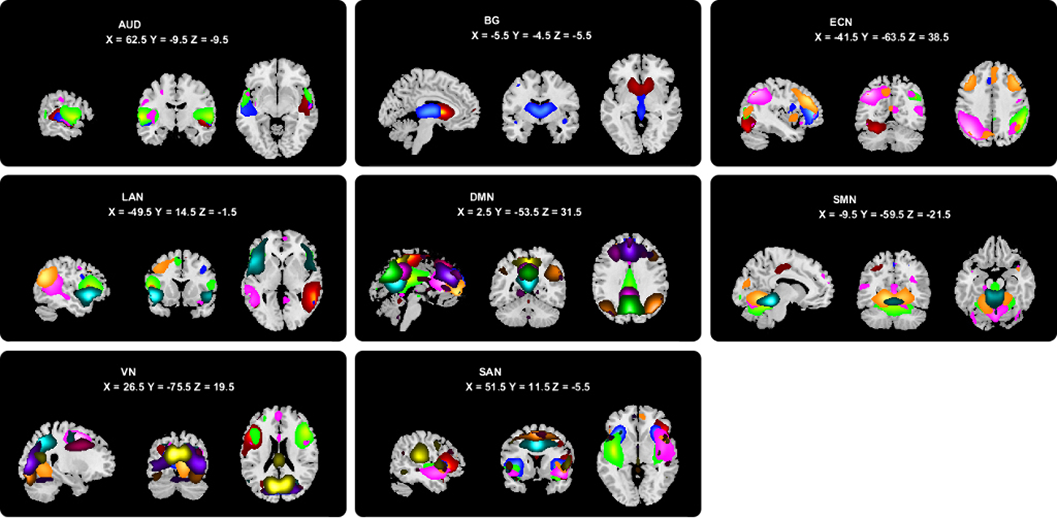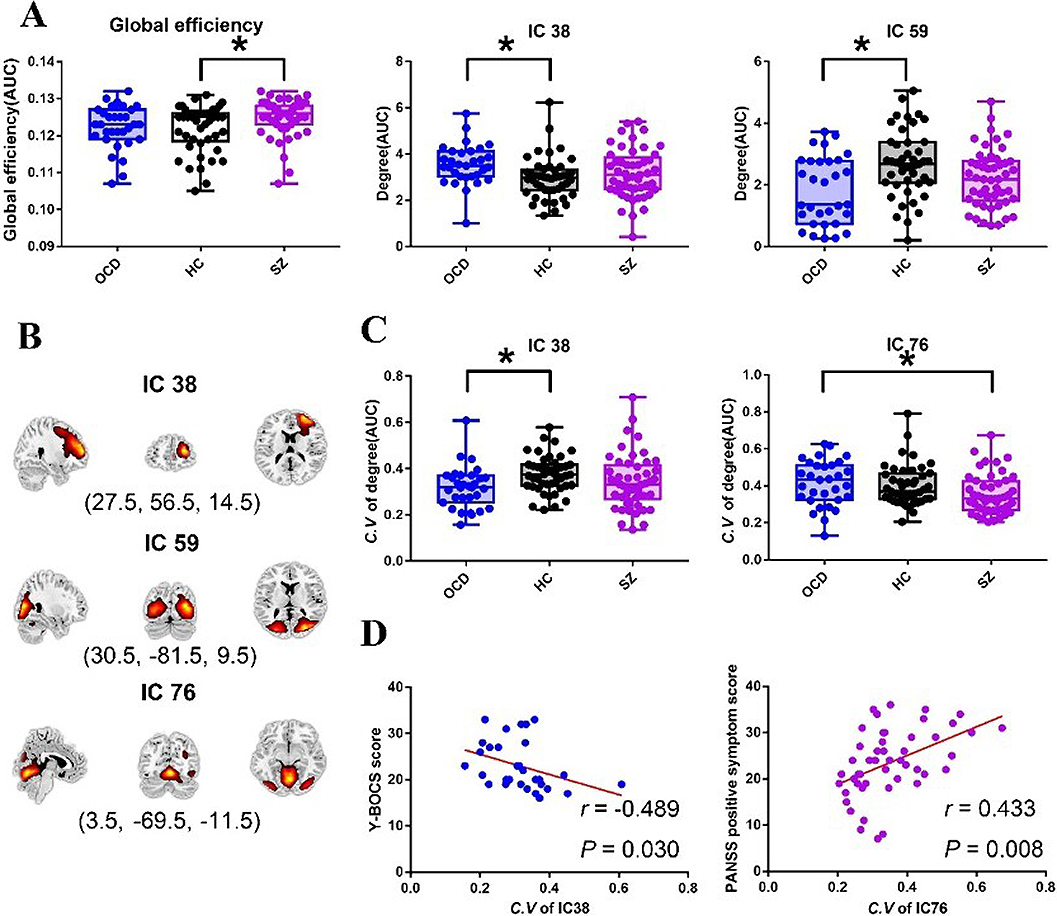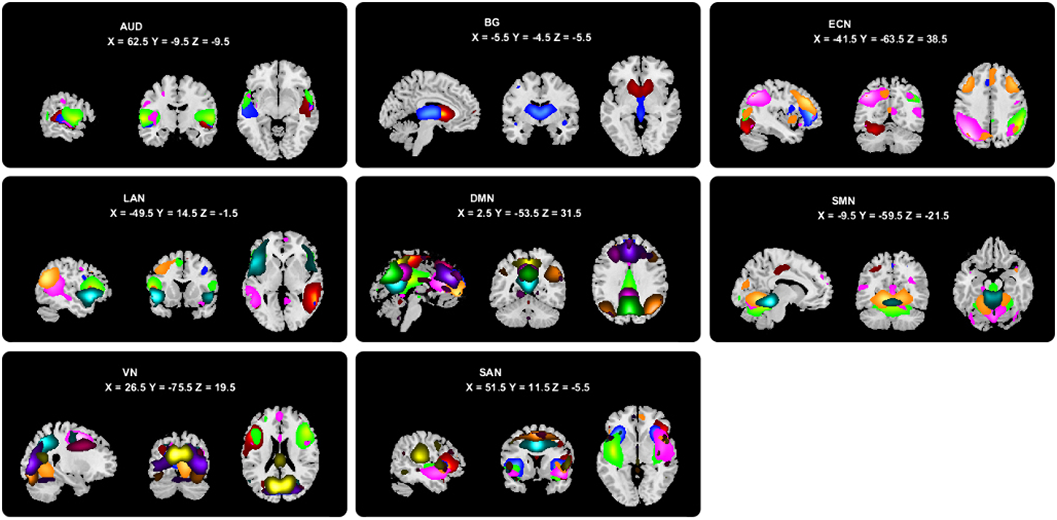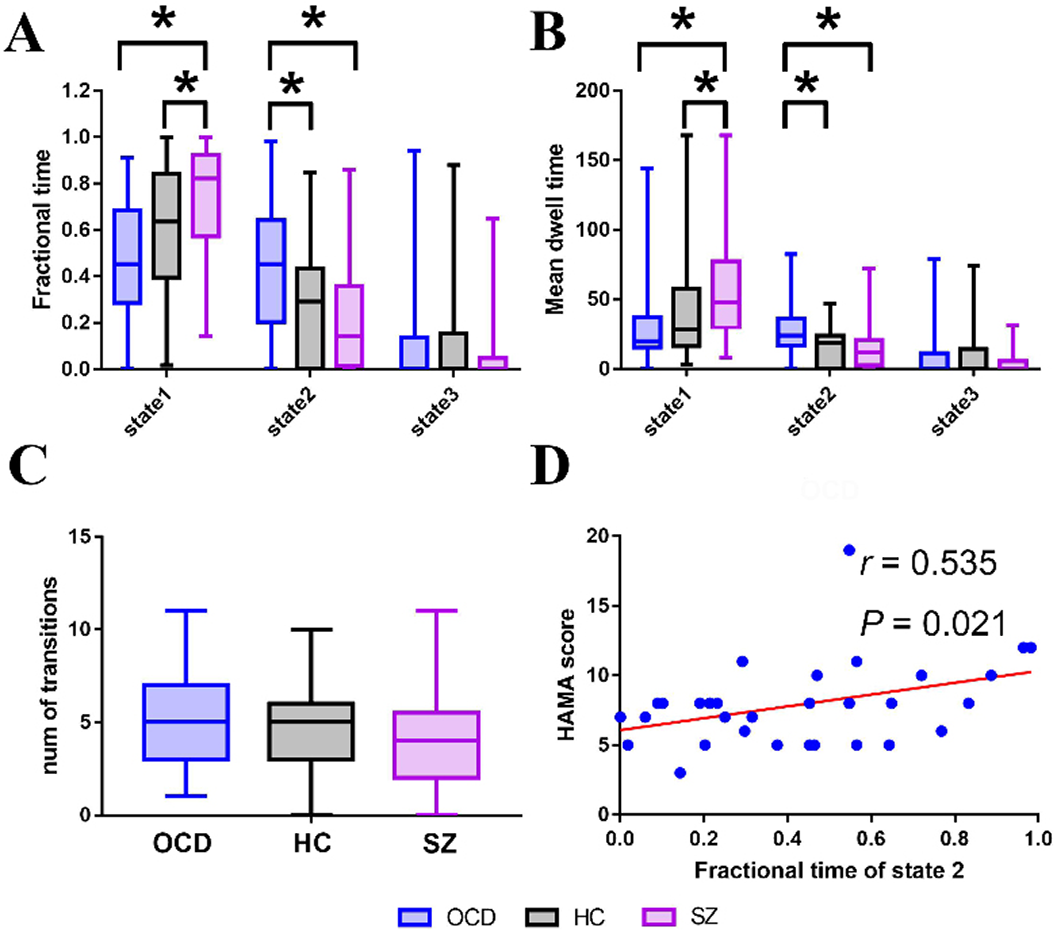93 results
Non-monotonic effect of compaction on longitudinal dispersion coefficient of porous media
-
- Journal:
- Journal of Fluid Mechanics / Volume 988 / 10 June 2024
- Published online by Cambridge University Press:
- 04 June 2024, R2
-
- Article
- Export citation
The melanin pigment gene black mediates body pigmentation and courtship behaviour in the German cockroach Blattella germanica
-
- Journal:
- Bulletin of Entomological Research / Volume 114 / Issue 2 / April 2024
- Published online by Cambridge University Press:
- 16 April 2024, pp. 271-280
-
- Article
- Export citation
Clinical parameter-based prediction model for neurosyphilis risk stratification
-
- Journal:
- Epidemiology & Infection / Volume 152 / 2024
- Published online by Cambridge University Press:
- 15 January 2024, e21
-
- Article
-
- You have access
- Open access
- HTML
- Export citation
Compact Thomson Scattering Source Based on a Mixed Injection Assisted Laser Wakefield Accelerator
-
- Journal:
- Laser and Particle Beams / Volume 2022 / 2022
- Published online by Cambridge University Press:
- 01 January 2024, e9
-
- Article
-
- You have access
- Open access
- HTML
- Export citation
Competition among the two-plasmon decay of backscattered light, filamentation of the electron-plasma wave and side stimulated Raman scattering
-
- Journal:
- High Power Laser Science and Engineering / Volume 11 / 2023
- Published online by Cambridge University Press:
- 29 August 2023, e76
-
- Article
-
- You have access
- Open access
- HTML
- Export citation
Geothermal heat flow from borehole measurements at the margin of Princess Elizabeth Land (East Antarctic Ice Sheet)
-
- Journal:
- Journal of Glaciology / Volume 69 / Issue 277 / October 2023
- Published online by Cambridge University Press:
- 07 August 2023, pp. 1524-1528
-
- Article
-
- You have access
- Open access
- HTML
- Export citation
Impact assessment of heat stress during post-silking period of summer maize in the Huang-Huai-Hai Plain, China
-
- Journal:
- The Journal of Agricultural Science / Volume 161 / Issue 3 / June 2023
- Published online by Cambridge University Press:
- 08 June 2023, pp. 318-327
-
- Article
-
- You have access
- HTML
- Export citation
H2O masers and host environments of FU Orionis and EX Lupi type low-mass eruptive YSOs
-
- Journal:
- Proceedings of the International Astronomical Union / Volume 18 / Issue S380 / December 2022
- Published online by Cambridge University Press:
- 07 February 2024, pp. 246-248
- Print publication:
- December 2022
-
- Article
-
- You have access
- Open access
- Export citation
ATLASGAL: methanol masers at 3 mm
-
- Journal:
- Proceedings of the International Astronomical Union / Volume 18 / Issue S380 / December 2022
- Published online by Cambridge University Press:
- 07 February 2024, pp. 266-268
- Print publication:
- December 2022
-
- Article
-
- You have access
- Open access
- Export citation
Searching masers from the Sagittarius stellar stream
-
- Journal:
- Proceedings of the International Astronomical Union / Volume 18 / Issue S380 / December 2022
- Published online by Cambridge University Press:
- 07 February 2024, pp. 128-131
- Print publication:
- December 2022
-
- Article
-
- You have access
- Open access
- Export citation
Large-scale brain functional network abnormalities in social anxiety disorder
-
- Journal:
- Psychological Medicine / Volume 53 / Issue 13 / October 2023
- Published online by Cambridge University Press:
- 04 November 2022, pp. 6194-6204
-
- Article
-
- You have access
- Open access
- HTML
- Export citation
PPARγ-AGPAT6 signaling mediates acetate-induced mTORC1 activation and milk fat synthesis in mammary epithelial cells of dairy cows
-
- Journal:
- Journal of Dairy Research / Volume 89 / Issue 4 / November 2022
- Published online by Cambridge University Press:
- 18 November 2022, pp. 410-412
- Print publication:
- November 2022
-
- Article
- Export citation
Bidirectional spillover between maladaptive parenting and peer victimization and the mediating roles of internalizing and externalizing problems: A within-person analysis among Chinese early adolescents
-
- Journal:
- Development and Psychopathology / Volume 35 / Issue 4 / October 2023
- Published online by Cambridge University Press:
- 12 August 2022, pp. 2044-2060
-
- Article
- Export citation
Associations of dietary intakes of calcium, magnesium and soy isoflavones with osteoporotic fracture risk in postmenopausal women: a prospective study
-
- Journal:
- Journal of Nutritional Science / Volume 11 / 2022
- Published online by Cambridge University Press:
- 01 August 2022, e62
-
- Article
-
- You have access
- Open access
- HTML
- Export citation
Obstacle type recognition in visual images via dilated convolutional neural network for unmanned surface vehicles
-
- Journal:
- The Journal of Navigation / Volume 75 / Issue 2 / March 2022
- Published online by Cambridge University Press:
- 13 January 2022, pp. 437-454
- Print publication:
- March 2022
-
- Article
- Export citation
Different alternations of static and dynamic brain regional topological metrics in schizophrenia and obsessive-compulsive disorder
-
- Journal:
- European Psychiatry / Volume 64 / Issue S1 / April 2021
- Published online by Cambridge University Press:
- 13 August 2021, pp. S522-S523
-
- Article
-
- You have access
- Open access
- Export citation
Distinct alternations of brain functional network dynamics in obsessive-compulsive disorder and schizophrenia
-
- Journal:
- European Psychiatry / Volume 64 / Issue S1 / April 2021
- Published online by Cambridge University Press:
- 13 August 2021, pp. S160-S161
-
- Article
-
- You have access
- Open access
- Export citation
Identification and validation of reference genes for quantitative real-time PCR studies in alligatorweed (Alternanthera philoxeroides)
-
- Journal:
- Weed Science / Volume 69 / Issue 4 / July 2021
- Published online by Cambridge University Press:
- 21 April 2021, pp. 404-411
-
- Article
- Export citation
What Do You Mean by Community Resilience? More Assets or Better Prepared?
-
- Journal:
- Disaster Medicine and Public Health Preparedness / Volume 16 / Issue 2 / April 2022
- Published online by Cambridge University Press:
- 17 March 2021, pp. 706-713
-
- Article
- Export citation




